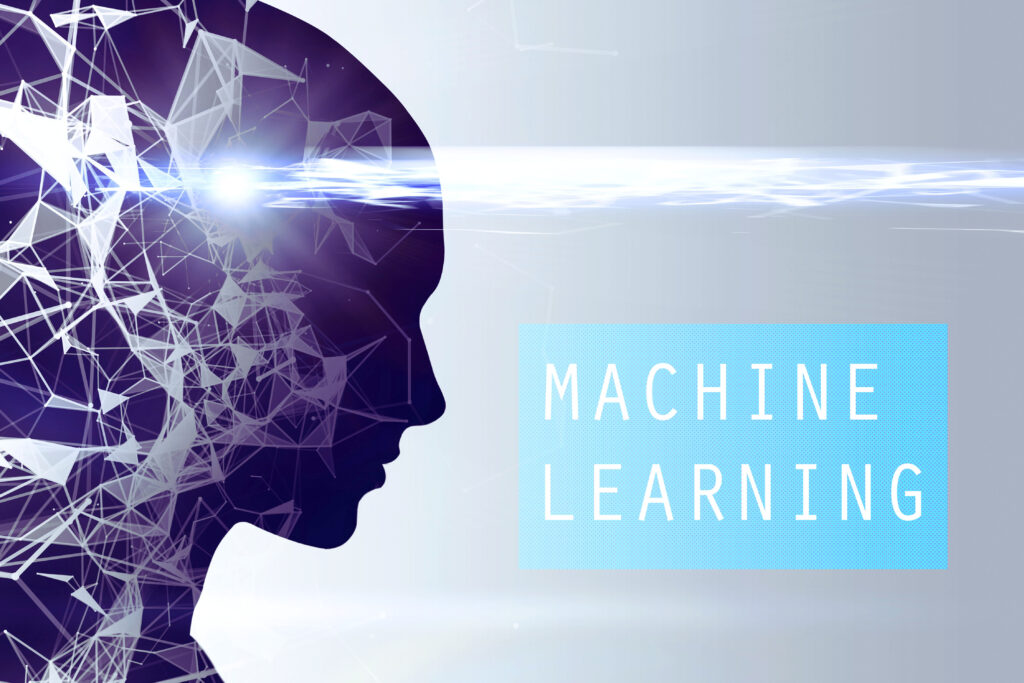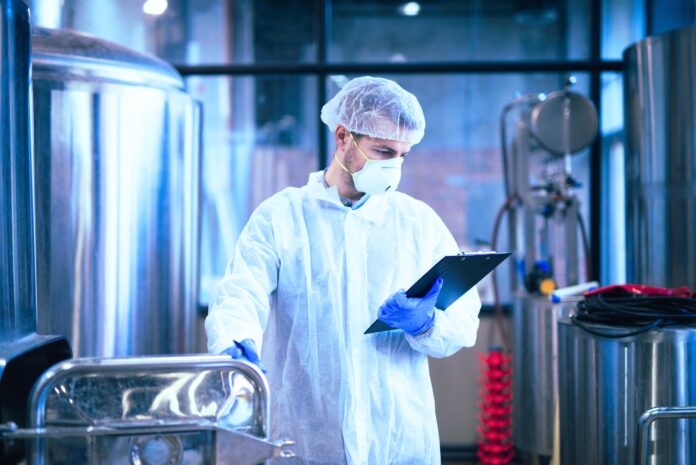The food processing industry is a vital component of the global economy, ensuring that a vast array of food products are processed, packaged, and distributed efficiently and safely. However, maintaining the machinery involved in food processing is both crucial and challenging. Unplanned downtime due to equipment failure can lead to production delays, significant financial losses, and, more critically, food safety concerns. This is where Artificial Intelligence (AI) and Machine Learning (ML) are stepping in to revolutionize predictive maintenance strategies, offering intelligent solutions to optimize the reliability and efficiency of food processing equipment.
The Importance of Maintenance in Food Processing
Maintenance in food processing involves regular inspections, repairs, and replacements of machinery to ensure optimal performance. Given the complexity of modern food production lines, which include various equipment such as mixers, slicers, conveyor belts, and packaging machines, efficient maintenance is essential to prevent disruptions. Beyond operational efficiency, ensuring proper maintenance is key to maintaining food safety standards. Contamination risks, especially in sensitive processes like dairy, meat, and ready-to-eat meals, make it imperative that equipment runs without glitches and undergoes routine sterilization.
Traditional maintenance strategies, such as reactive (breakdown) maintenance and preventive maintenance, have long been employed in the industry. However, both approaches have their limitations. Reactive maintenance often leads to costly downtimes and urgent repair needs, while preventive maintenance may result in unnecessary interventions, where parts are replaced too early, or inspections are conducted too frequently. The introduction of AI and machine learning is transforming these traditional methods, shifting the industry toward predictive and prescriptive maintenance models.
AI and Machine Learning: A Game-Changer in Maintenance

AI and machine learning bring new capabilities to maintenance operations through the use of data-driven insights. By analyzing large volumes of data from sensors, machine logs, and historical maintenance records, AI-powered systems can predict equipment failures before they happen and recommend optimized maintenance schedules. This not only reduces downtime but also extends the lifespan of equipment, enhances operational efficiency, and promotes food safety.
Predictive Maintenance: Minimizing Downtime and Costs
Predictive maintenance leverages AI and machine learning algorithms to predict when equipment will fail based on real-time data, such as vibration patterns, temperature fluctuations, and pressure variations. These data points are collected via sensors placed on machinery throughout the production line. Over time, the AI system learns to identify patterns that indicate wear and tear, allowing it to forecast when a component is likely to fail or when performance is likely to decline.
For example, in a food processing plant, a conveyor belt may start to show signs of wear after extended use, resulting in slower operations or a complete halt. A predictive maintenance system can detect subtle changes in the belt’s movement or sound, signaling that it needs attention before a breakdown occurs. This allows maintenance teams to intervene during scheduled downtimes rather than during production hours, avoiding costly interruptions.
By predicting failures ahead of time, food processors can reduce unplanned downtime, prevent catastrophic failures, and optimize maintenance costs by replacing only those parts that are actually bearing failure.
Prescriptive Maintenance: Going Beyond Predictions
While predictive maintenance focuses on identifying potential failures, prescriptive maintenance takes it a step further by offering actionable recommendations on what steps to take next. This approach uses AI not only to forecast problems but also to suggest the most effective solutions to address them.
Prescriptive maintenance systems analyze data from multiple sources, such as equipment history, environmental conditions, and production schedules, to provide insights into the best course of action. If a piece of equipment is likely to fail, the system will prescribe the optimal time for maintenance, the specific parts to replace, and even the most effective techniques to use for repair. This level of guidance allows maintenance teams to perform targeted interventions, reducing guesswork and ensuring that the right steps are taken at the right time.
For instance, in a dairy plant, if the cooling system for milk storage shows signs of degrading efficiency, a prescriptive maintenance system might recommend adjusting the coolant flow rate, scheduling maintenance during the least busy production time, and suggesting which spare parts are needed. This ensures minimal disruption to the production process while maintaining the strict hygiene standards required for dairy products.
Data Integration and Real-Time Monitoring
AI and machine learning thrive on data, and the success of these technologies in maintenance depends on their ability to integrate data from various sources. Food processing plants are increasingly equipped with Industrial Internet of Things (IIoT) devices, which generate a continuous stream of data from sensors embedded in equipment. These sensors monitor a range of parameters such as temperature, humidity, pressure, and machine vibrations, providing a wealth of information that AI systems can analyze in real time.

One of the key advantages of AI-driven maintenance is its ability to process data in real-time, allowing maintenance teams to receive immediate alerts when anomalies are detected. This real-time monitoring reduces the likelihood of equipment failures going unnoticed, enabling swift responses that minimize downtime.
Moreover, the integration of AI with cloud-based systems allows for centralized monitoring of multiple facilities, providing food processing companies with a holistic view of their operations. This centralized approach enables better coordination of maintenance activities across different locations, ensuring that best practices are followed consistently throughout the organization.
Improving Food Safety and Quality Control
In addition to enhancing equipment reliability, AI and machine learning play a crucial role in ensuring food safety and quality control. Poorly maintained machinery can lead to contamination, product recalls, and significant reputational damage. AI-driven maintenance helps prevent such issues by ensuring that equipment is kept in optimal working condition, reducing the risk of contamination.
For example, cleaning and sterilization processes in food processing plants must be carried out regularly to prevent bacterial growth. AI can help schedule these processes at the most effective times, ensuring that equipment is thoroughly cleaned without disrupting production. Additionally, AI can analyze data from sanitation cycles to ensure compliance with food safety regulations and to identify areas for improvement.
AI systems can also assist in detecting defects in products that may arise due to equipment malfunctions. For instance, if a packaging machine starts producing packages with leaks or incorrect seals, AI can quickly identify the issue, allowing for prompt corrective action to prevent defective products from reaching consumers.
Overcoming Challenges in AI Implementation
While AI and machine learning offer numerous benefits, their implementation in food processing maintenance does come with challenges. Integrating AI into existing systems requires significant investment in technology, infrastructure, and training. Companies need to ensure that their staff are equipped with the necessary skills to manage and interpret AI-generated data.
Data security is another concern, as the increasing use of connected devices in food processing raises the risk of cyberattacks. Companies must invest in robust cybersecurity measures to protect their data and maintain the integrity of their operations.
Despite these challenges, the long-term benefits of AI-driven maintenance far outweigh the initial investment. By reducing downtime, extending equipment life, and enhancing food safety, AI and machine learning can significantly improve the overall efficiency of food processing plants.
Conclusion
AI and machine learning are transforming the maintenance strategies in food processing by shifting the focus from reactive and preventive maintenance to predictive and prescriptive approaches. These technologies allow companies to optimize their maintenance efforts, minimize downtime, reduce costs, and ensure food safety. As AI continues to evolve, it will play an increasingly important role in helping food processors meet the demands of a rapidly growing and highly competitive industry.
By embracing AI-driven maintenance, the food processing industry can achieve greater efficiency, sustainability, and product safety, ultimately benefiting both businesses and consumers.
